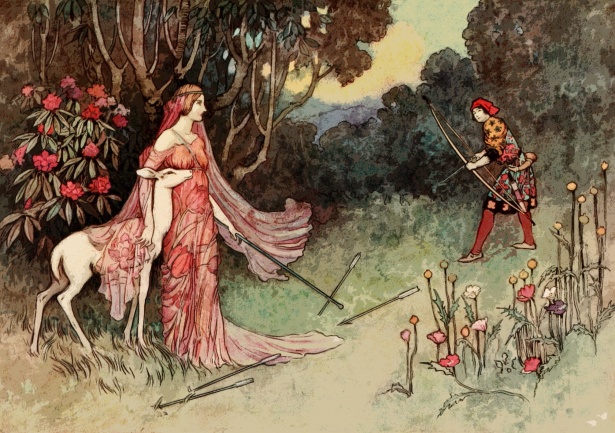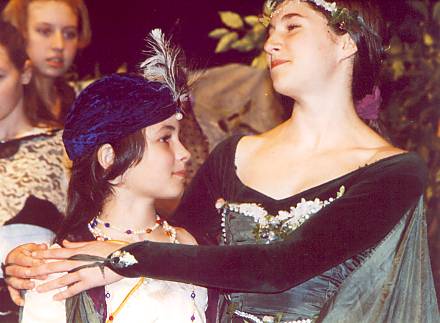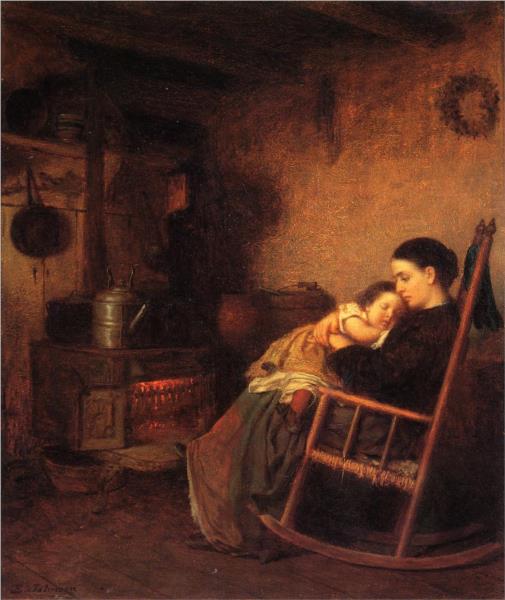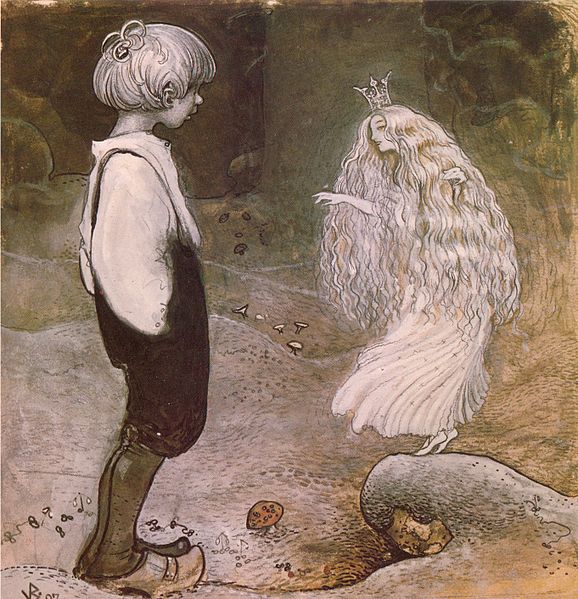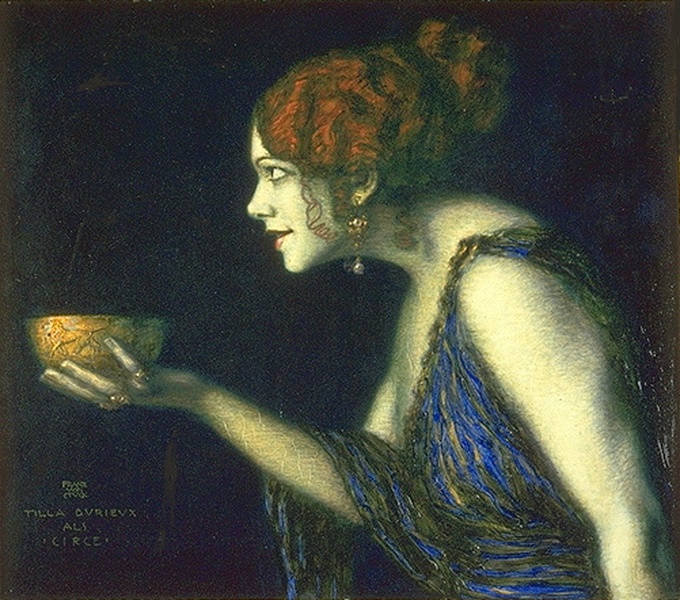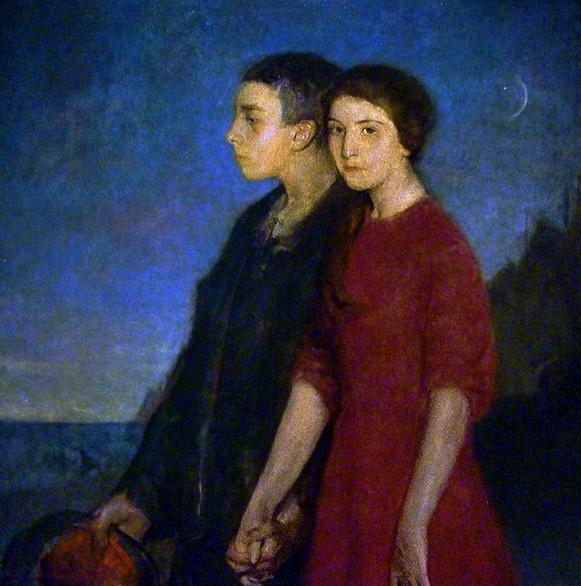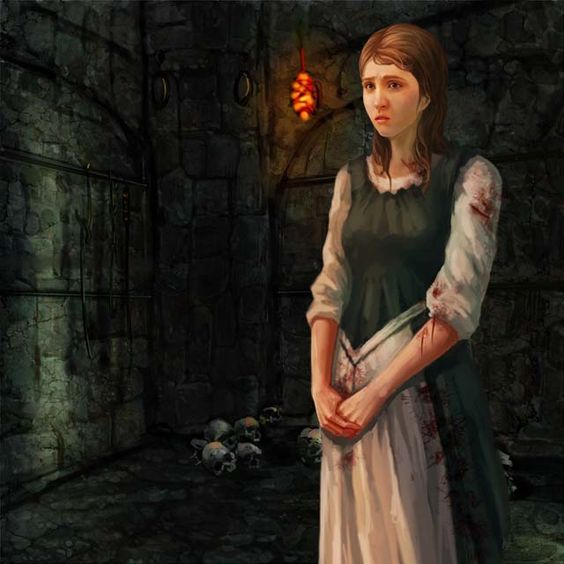
The spooky season is upon us, and as part of my Halloween tributes, I thought it might be fun to start a new series on one of my favorite topics—Historical Witches! These women were sometimes notorious, sometimes popular, but most often obscure. All Historical Witches are dear to my heart. They suffered horribly and died as unique types of martyrs, usually forgotten along with their mangled bodies and the ashes of the pyres they were burned upon. These women deserve some recognition.
So, come along with me on a journey to 16th century Scotland! Here we will explore the life and death of one young witch who was the first victim in what became the most gruesome witch hunt in the history of the British Isles.
The Healing Touch

Geillis Duncan was a young girl from the small town of Tranet, East Lothian, near Edinburgh. She worked as a maidservant for one David Seton, the town bailiff. We don’t have a birthdate for Geillis, but historians believe that in 1590 she was probably about 16 years old. Geillis had never been formally educated. She was probably illiterate. But she seemed to possess a unique talent for healing. (This may have been a family trait or practice, as many uneducated women at the time worked as herbalists, midwives, and healers, their skills being handed down through generations.)
Geillis’ talent for healing might have gone unnoticed, except for the fact that her employer, David Seton, seemed to have an overactive imagination, and many suspicions about witchcraft. He apparently associated Geillis’ healing abilities with the supernatural.
In the meantime, other events in Scotland were occurring that were making people, and in particular King James, increasingly fearful of witches. It was these events that really made things bad for Geillis.
More about Geillis in a minute, but first it is necessary to understand the milieu she was immersed in, which led to her demise…
Double Double, Toil and Trouble
At this time, King James VI of Scotland was engaged to Princess Anne of Denmark. In September 1589, Anne attempted to sail to Scotland so the wedding could take place. However, storms on the sea were so severe that her journey was stopped short. Her ship, badly damaged, barely made it back to Denmark. The impatient king then decided that he would sail to Denmark himself, claim his bride, and bring her home.
James made it to Copenhagen in January 1590. His crossing had been equally perilous, with several storms at sea. When he got to Denmark, he found more than his bride…

As it turned out, witch hunts and the persecution of witches were in full swing in Europe at this time. A book titled Malleus Mallifcarum (The Hammer of Witches) had recently been published and had become popular across the continent. Malleus was the first book to declare, with a Papal Bull from the Pope, that witches were in league with the devil, and that they intended to hurt, maim, and kill others. Furthermore, witches could control the weather!
This, of course, led to the belief that the storms King James and Anne had faced at sea were most likely the creation of witches. And sure enough, in April 1590, two women in Copenhagen were arrested. They confessed to creating the storms in an effort to kill the monarchs.
When I say “confessed”, I really mean “tortured until they could bear it no more.” Needing desperately to end their own pain, people accused of witchcraft usually admitted guilt. This happened quite often. Torture of prisoners accused of witchcraft was perfectly legal in Denmark. Furthermore, it was expected that since witches worked in groups, there was never just one or two of them alone. Anyone accused was also tortured until they admitted to working with others, who were also witches. Hence, the two women arrested in Copenhagen eventually “revealed” other “members” of their group. Eventually seven women were put to death in Denmark for attempting to kill the king with storms.
Anne and James returned to Scotland, but the seeds of paranoia had been planted in the king. It has been said that it did not take much to rile up King James. Scotland is a dark, stormy and spooky place to begin with. It has a rich folklore of ghoulies, ghosties, and long-legged beasties. Besides that, when James was an infant, his father, Lord Darnley, was murdered. It was suspected that his own mother, Mary Queen of Scots, had participated in the murder. You can see how such events would make James a bit skittish. Apparently it would be quite easy to get James believing in witches, demons, werewolves and the like. He could easily be provoked to launch a full blown campaign against witches.
And that is exactly what he did, beginning with the ill-fated Geillis Duncan.
“Art Thou a Witch?”
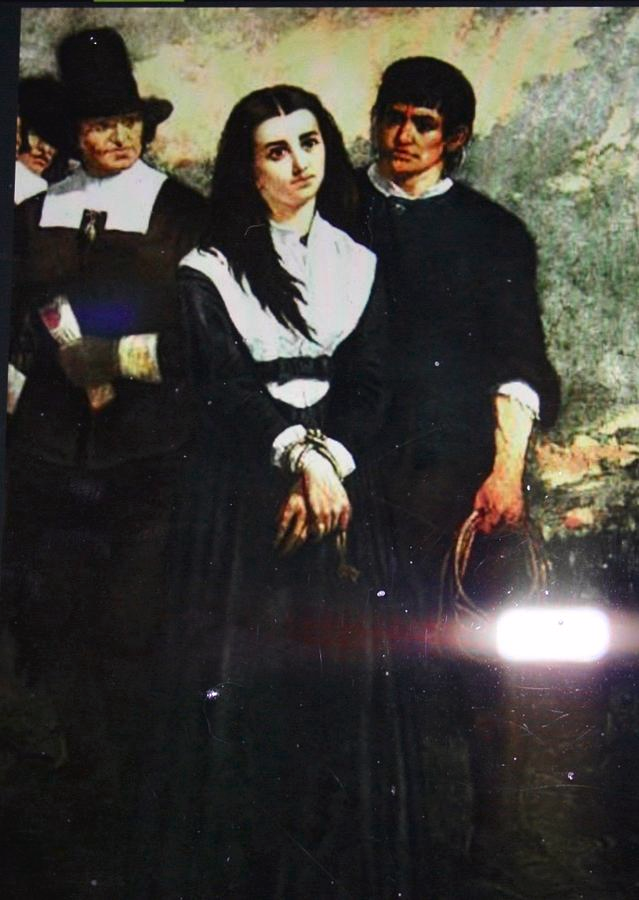
In the autumn of 1590, David Seton began to notice that his maid Geillis, in addition to her strange healing powers, had a habit of sneaking out of the house in the middle of the night. He came to the conclusion that this must mean Geillis was a witch. He confronted Geillis, yelling “Art thou a witch?” She claimed she had only been tending the garden. Seton became angry, accused her of lying, and proceeded to torture her to get the truth.
Torture was, apparently, within Seton’s legal rights as her employer. He was determined to get a confession out of her. When Geillis would not talk, Seton, with the help of some other men, employed a device called the Pilliwinks.
The Pilliwinks, also called thumbscrews, was a tool that consisted of two metal pieces, screwed together, like a vise. The victim’s hand was placed inside it, and the device was tightened in an effort to get the victim to confess. Fingers could be crushed, and those subject to the Pilliwinks often suffered permanent damage to their hands.

Still, Geillis did not confess.
Seton then employed another method of torture. He tied ropes around her head and, like the Pilliwinks, tightened them steadily with a vise. The rope torture could lead to fracturing of the skull and facial burns. Her head must have been throbbing, and no doubt the poor girl could not think straight. But still, Geillis did not confess.
Seton then employed another terrifying method. He made Geillis strip naked, and all the hair was shaved from her body. He then “examined” her, looking for “witch marks.” It was believed that when the devil took a woman and made her a witch, he would mark her, like a branding, as she would be forever in service to him. Of course, any normal person could have a number of marks upon their body, such as birth marks, bug bites, scars, etc. But, in this case, it was the finding of a so-called “devil’s mark” that finally broke Geillis.
“All I Have Done Is By Witchcraft”

Seton found a mark on Geillis’ neck. With this, the maid gave an elaborate confession, admitting “All I have done is by witchcraft.” She claimed she was, in fact, in league with the devil, and had given up her mortal soul.
After enduring the Pilliwinks and skull warp, no one is really sure why the finding of the mark made her confess. Some historians believe that Geillis may have been sneaking out at night to meet a lover. The devil’s mark may have been a hickey, and Geillis, embarrassed, may have made up the elaborate confession. Maybe she figured she was already defeated. In the hyper religious and pious world of 16th century Scotland, running out to meet a young lover in the middle of the night would have been her ruin. After undergoing so much torture, she probably just gave up. Historians also agree that this type of “examination” for “witch marks” was akin to rape. Geillis would have been terrified, confused, and utterly unable to defend herself.
At any rate, Geillis’ confession was notable because it was the first occasion of a Scottish witch claiming to have been in league with the devil. It would lead to a horrible, bleak time in Scotland, resulting in the unjust deaths of many people, both women and men.
In November 1590, Geillis was brought to prison in Edinburgh.
Once in prison, Geillis, most likely under pressure of more torture, admitted to being part of a coven. Her confession got more elaborate. She then claimed she had attended a meeting of witches, with over two hundred people present. The meeting was held at The Kirk of North Berwick on Halloween night. The devil had been present. The purpose of the meeting was to plot how to bring about the demise of King James VI, as instructed by the devil. She gave authorities the names of at least eight other women and men who were supposedly involved. And not only that! Geillis claimed that her coven was working with the witches in Denmark, and together they had conjured the sea storms!

A confession like this would have no doubt left James salivating. All his suspicions were coming true! James then insisted upon meeting with the witches in person and hearing their stories, so he could draw his own conclusions. Needless to say, he decided they were all guilty.
Could it be? Did the witches really have magical powers, and a plot to take over the kingdom of Scotland? Or was this the overactive imagination of superstitious king who had witnessed one too many conspiracies?
Young, Fair, and Damned
Sadly, Geillis remained in prison for another year, until it was decided she would be burned at the stake. She was only about eighteen years old.
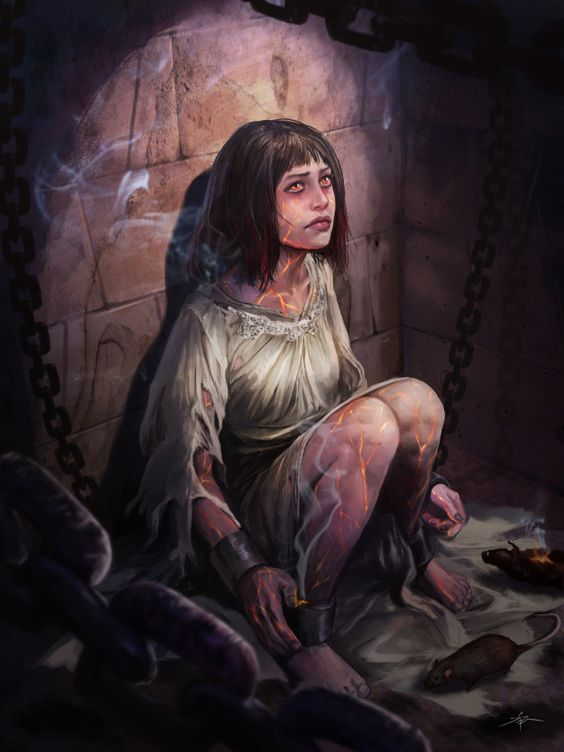
On the day of her execution, Geillis tried to retract her accusations, claiming that David Seton had forced her to confession with his extreme torture methods. But at that point, no one paid attention to her. She was executed on 4 December 1591 at Castlehill, Edinburgh.
The other accused women, once arrested, revealed more names, and in total, over one hundred people were arrested in what came to be known as the North Berwick Witch Trials.
All of these women had unique stories, which I will save for another installment in my Witch of the Week series.
But for now, let’s have a moment of silence to honor Geillis. A teenager. A maidservant. A girl with no money or resources. A girl whose only “crime” was having a natural gift for healing, and possibly a weakness for a boy who may have been her lover.

What do you think of Geillis Duncan? Let me know in the comments!















